IoT Healthcare Examples: Transformative Applications of IoT in Healthcare
Ditstek Blogs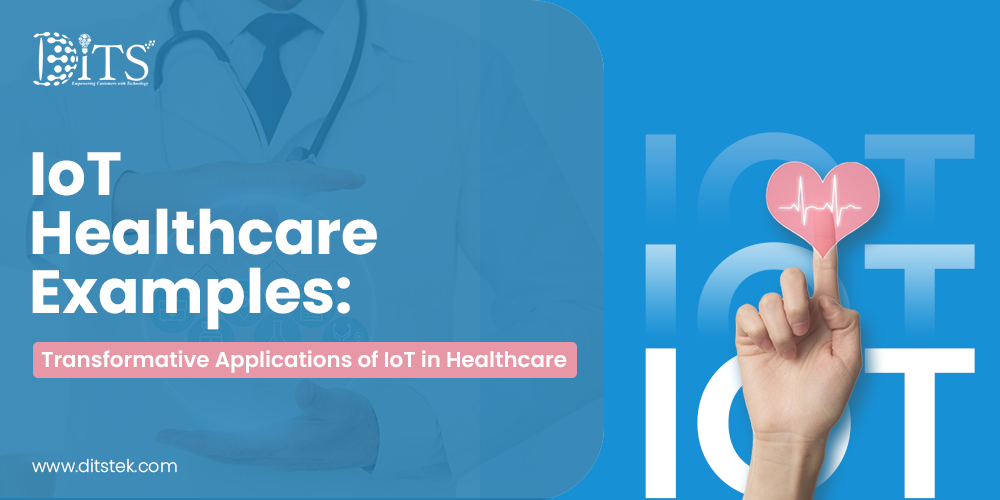
In the last few years, the Internet of Things (IoT) has been the technology that has changed the healthcare industry. Healthcare services are now delivered, monitored, and managed in a new way. IoT devices and applications have empowered healthcare providers to provide personalized and user-friendly care services while engaging patients with better health management. In this blog, we will learn the impact of IoT in healthcare, trends of IoT for healthcare, and the trending examples of IoT in healthcare.
Why Use IoT in Healthcare?

The use of IoT in healthcare offers several benefits for patients, healthcare providers, and organizations, including:
- By remote monitoring, early detection of health issues, and personalized treatment interventions, patient outcomes will be improved.
- Using IoT in healthcare will improve operational efficiency by automating routine tasks, optimizing resource utilization, and streamlining workflow processes
- IoT enables personalized medicines through gathering and analyzing real time patient data that allows the development of care plans based on each person’s preference and offering an adaptation for appropriate clinical care.
- The facilitation of preventive care and population health management by identifying high-risk individuals, engaging them in healthy behaviors, and implementing appropriate interventions to prevent the progression of the disease improves the overall health of the population.
IoT Healthcare Trends to Consider in 2024
As the healthcare industry continues to evolve, several emerging trends and innovations in IoT are poised to shape the future of healthcare delivery and patient care. These trends include:
- AI combined with IoT to increase predictive analytics, automate decision-making, and customize patients' treatment at scale.
- The increase in the use of wearable technology and sensor miniaturization has led to the development of new IoT-enabled devices and applications for remote patient monitoring, personalized medicine, and population health management.
- The development of 5G networks and mobile connectivity enhancement helps communicate and exchange data in the real-time between IoT devices, healthcare providers, and patients.
Real-Life Examples Of IoT In Healthcare

From remote patient monitoring to smart medical devices, the possibilities of IoT in healthcare are vast and promising. Let us have a look at the examples of IoT in healthcare:
1. Remote Patient Monitoring
The most remarkable application of IoT in healthcare is remote patient monitoring. This approach enables the healthcare providers to monitor the patients’ vital signs and health metrics in real-time, even at home, during the post-care period or in self-care epidemiological cases. IoT-enabled medical-grade sensors provide vital signals such as heart rate, blood pressure, sugar levels, and many others. These sensors send the data to the cloud-based platforms, and the healthcare providers can access it from their offices and intervene when necessary.
-
Wearable Devices
Wearable devices for health tracking have become the means for healthcare, which gives people the opportunity to monitor their health metrics in real time. Many of these devices are worn on the body and are often integrated into clothes or accessories. They can monitor a series of indices, including heart rate, activity levels, sleeping patterns, and more. With the help of continuous monitoring of these indicators, wearable devices provide users not only with insights but also empower them to make informed decisions in their life and behavior.
-
Glucose Monitoring
Glucose monitoring is an important part of diabetes management, which enables individuals with diabetes to keep track of their blood sugar levels and make necessary changes to their treatment plans. The initial and most common way of estimating the glucose level is to perform periodic blood samples by blood glucose meters. While simpler devices of glucose monitoring exist, they are not very convenient as these require manual monitoring of blood glucose levels. The IoT-enabled glucose monitoring systems offer a more continuous and convenient monitoring solution. These devices generally have a compact sensor that constantly measures the level of glucose in interstitial fluid and sends the data to a smartphone or other mobile device through Bluetooth. The IOT devices-enabled glucose monitoring systems, which give people suffering from diabetes real-time glucose readings and trend data, help the people self-monitor their diabetes and reduce the risk of complications.
-
IoT-enabled Monitoring Systems
IoT-enabled monitoring systems contain IoT sensors, wireless connectivity, and cloud-based platforms to collect and analyze data from different sources, such as wearable devices, medical devices, and environmental sensors. Through the virtual and repetitive monitoring of the body’s vital signs, symptoms, and medicine, the Internet of Things-based monitoring system is the right health tool for healthcare providers to monitor a patient’s health status in real-time, identify the early indicators of deterioration and take measures on time to prevent adverse events.
Elevate your healthcare services with IoT technology.
Reach out to us to discover how IoT innovations can streamline workflows, reduce costs, and deliver better care experiences.
2. Smart Medical Devices
IoT has made it possible to create smart medical devices that improve patient care and treatment outcomes. As an example, the IoT-controlled insulin pumps may try to adjust insulin doses to correlate with real-time glucose levels, which in turn reduces incidences of hyper/hypoglycemia and improves the health outcomes of patients with diabetes.
-
IoT-enabled Insulin Pumps
IoT-connected insulin pumps feature insulin delivery with increased precision and control, making it possible for people with diabetes to take control of their insulin regimen. These glucose pumps intertwined with IoT infrastructure are capable of connecting wirelessly with other devices e.g. phones or various CGM systems. They can record insulin usage, determine if pump is still working, and give alerts to users if there is any potential danger or malfunctioning, thus making the whole process more convenient and secure for diabetes patients.
-
Connected Inhalers
The use of connected inhalers for asthma management is a perfect example of how IoT can help in improving medication adherence and inhaler technique among people with asthma. These inhalers are fitted with sensors for keeping track of medication usage, proper inhalation techniques, and they also take note of environmental factors like air quality and temperature. Using smart sensors and inhaler data, IoT-enabled inhalers are capable of monitoring inhalation behavior patterns and patients’ adherence to the treatment.
-
Drug Management
Drug management systems embedded with IoT technology make the process of managing medications more efficient in health care settings, helping reduce medication errors and improving patient safety as well as reducing medicine waste.
3. Telemedicine and Virtual Consultations
Telemedicine and virtual consultations have been widely used, and this has been most evident in the areas where access to healthcare services is limited or even impossible. IoT is a crucial part of how remote diagnosing and treating can be done by remote conferencing, remote monitoring, and digital health platforms. IoT-based telehealth solutions allow patients to consult with physicians from their homes, thereby reducing the number of physical visits and consequently lowering healthcare expenses.
4. Hospital Asset Management
IoT enables hospitals and healthcare facilities worldwide to organize their activities more quickly and accurately by assessing their assets. Through the use of IoT systems, hospitals can track the location and status of medical equipment in real time, thereby reducing equipment loss, theft, and unnecessary purchases. Predictive maintenance algorithms utilizing the IoT inspect the performance data of the equipment to determine the equipment’s issues and such data is analyzed so that downtime is minimized and smooth patient care is ensured.
5. Medication Management
The management of medicines can be a challenging task, especially for patients with complex treatment schedules or chronic conditions. Through Smart Smart Pill Dispensers and Medication Management Platforms, IoT provides advanced solutions that enhance medication adherence and safety. These devices remind the patients to take their medications on time, provide exact dosages, and monitor adherence patterns over time.
6. Patient Safety and Security
It is vital for healthcare organizations to ensure patient safety and data security as the use of IoT devices increasingly becomes part of clinical practice. IoT development solutions for patient safety include tracking patients’ movements to prevent falls, wandering out of the facility, or elopement. Besides that, IoT-based access control systems limit unapproved access to the sensitive areas and medical records that are protecting the patient’s privacy and confidentiality.
7. Chronic Disease Management
Chronic disorders, including depression, mood disorders, etc., need continuous care and operations to mitigate complications and enhance the quality of life. IoT applications make it possible to perform remote control of patients with chronic conditions, providing healthcare providers with real-time access to key parameters such as the symptoms, taking of medications, and response to treatment. Depression and mood monitoring systems which are IoT sensors, collect data on mood fluctuations, sleep patterns, and activity levels, and this allows the patients and healthcare providers to detect early warning signs of relapse and intervene proactively to prevent adverse outcomes.
8. Emergency Response Systems
IoT is a vital component in emergency response systems that enables quick communication, coordination, and dispatch of medical resources when a disaster strikes. IoT sensors that generate emergency alerts automatically will detect bad occurrences such as falls, seizures, or unusual vital signals and will trigger immediate responses from health providers or emergency service providers. IoT-enabled ambulances that are fitted with advanced medical equipment and communication systems, help paramedics to provide timely care to patients on the way to the hospital, thus improving the outcomes for patients with life-threatening conditions.
9. Clinical Trials and Research
IoT technology is revolutionizing the clinical trial and medical research domain by allowing cost-effective collection, analysis, and surveillance of data. For example, wearable sensors, smart implants, and mobile health apps enable medical researchers to get data from their patients and observe the symptoms and the outcomes of the patients getting treatments. Remote patient monitoring powered by IoT makes the process of participant recruitment easier, improves the quality of data, and shortens the time of clinical trials, thus bringing new treatments and therapies to the market faster.
10. Public Health Surveillance
Public health surveillance is critical for the rapid detection and response to infectious diseases, environmental problems, and other health risks/emergency situations in cities or local communities. The IoT systems for epidemiological surveillance of public health, which are connected to different sources of data like electronic health records, environmental sensors, and social media platforms, can identify the trends of diseases and prove extremely useful in detecting outbreaks and notifying public health interventions. The early detection and fast response to the outbreak facilitated by the IoTs can be of great help in the prevention of the disease spreading and in the protection of the health and safety of people all over the world.
How DITS Can Help To Achieve Your Business Goals?

As a leading custom healthcare software development company, we’re here to help you build cutting-edge software solutions using the latest technologies such as IoT, AI, Cloud, and more. Since our inception in 2017, we have been serving businesses of all sizes, including startups to leading enterprises, with innovative software solutions that are tailored to their needs. Our diversified domain expertise and a track record that speaks for itself give us the edge to serve your healthcare facility’s unique needs. Get in touch with us today and take your healthcare operations to the next level.
Ready to embrace the future of healthcare with IoT?
Contact us to explore how IoT solutions can revolutionize patient care and drive measurable improvements.
Conclusion
In conclusion, IoT technology has a huge potential to change the future of healthcare as it can revolutionize care delivery, improve patient outcomes, and increase operational efficiency. Through leveraging the power of IoT-enabled devices, applications, and platforms, healthcare organizations can respond to the changing needs and challenges of modern healthcare systems, thus leading to better health outcomes, lower healthcare costs, and better quality of life for individuals and communities around the globe.
Frequently Asked Questions
What are some examples of IoT devices used in healthcare?
Examples of IoT devices in healthcare include wearable fitness trackers, smart medical devices, remote monitoring systems, and environmental sensors for the management of hospital facilities.
How does IoT technology improve patient care?
IoT technology revolutionizes healthcare via remote monitoring of vital signs and health metrics, telemedicine and virtual consultations, improving medication management and adherence, and helping ensure better efficiency through streamlining hospital operations and promoting patient security.
How can healthcare organizations address interoperability issues with IoT devices?
Healthcare organizations can deal with interoperability issues with IoT devices through the implementation of industry standards, utilization of secure data exchange protocols, investment in interoperable platforms, and collaboration with tech vendors and regulators to develop interoperability guidelines and good practices.
What are some future trends and innovations in IoT healthcare?
Future trends in IoT healthcare entail artificial intelligence (AI) and IoT technology integration, wearable technology and sensor miniaturization improvement, wireless connectivity advancement, and the creation of new models for remote patient monitoring, personal medicine, and population health management, respectively.

Nidhi Thakur
With more than 19 years of experience - I represent a team of professionals that specializes in the healthcare and business and workflow automation domains. The team consists of experienced full-stack developers supported by senior system analysts who have developed multiple bespoke applications for Healthcare, Business Automation, Retail, IOT, Ed-tech domains for startups and Enterprise Level clients.
Recent Posts
Get in touch
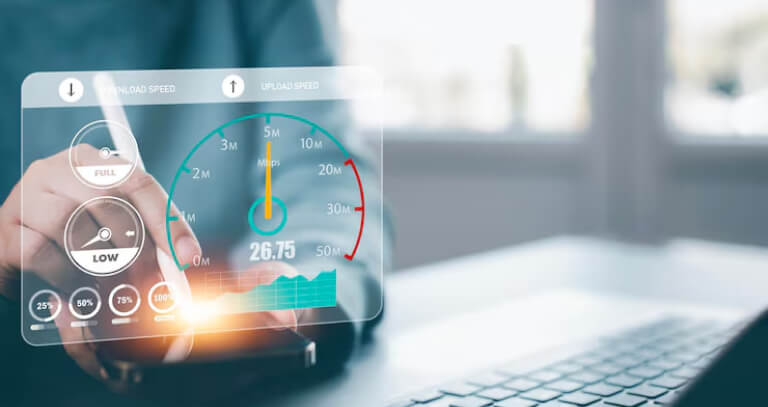
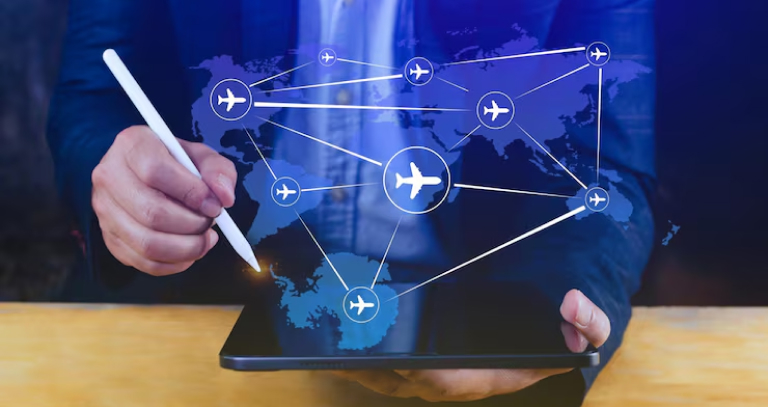
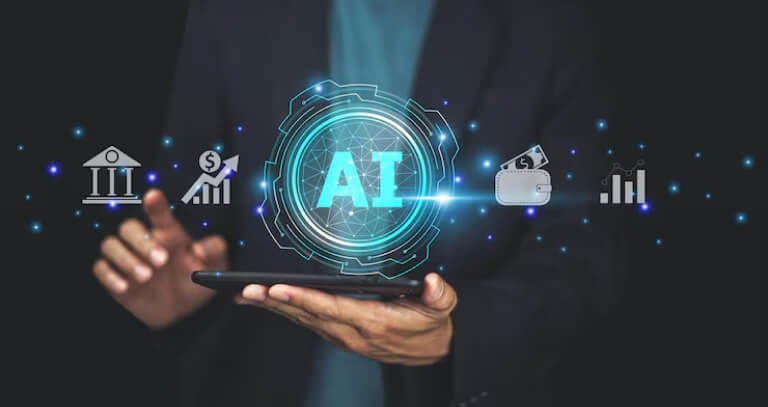
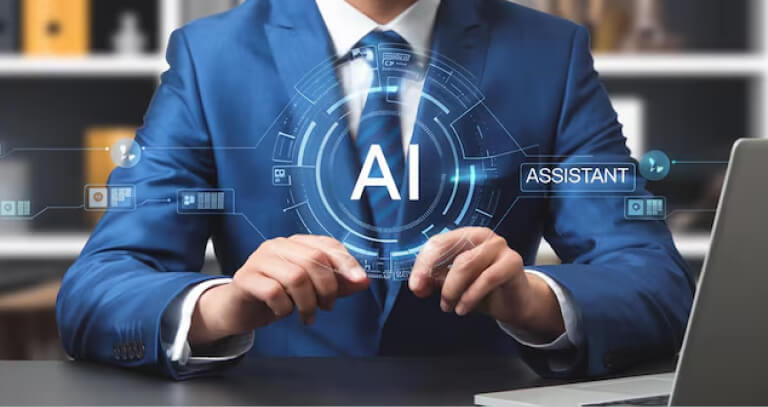
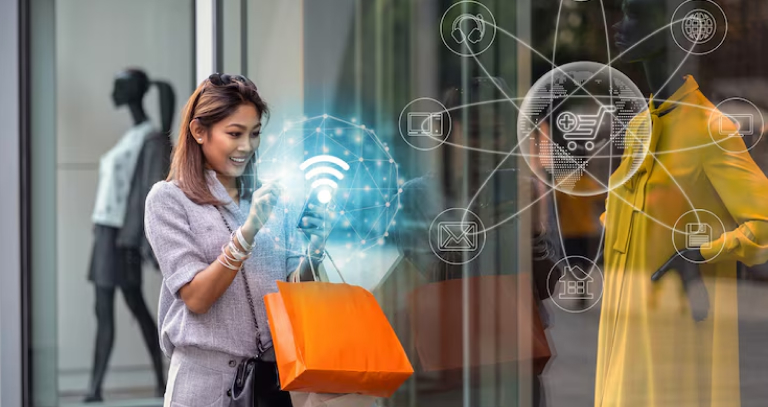
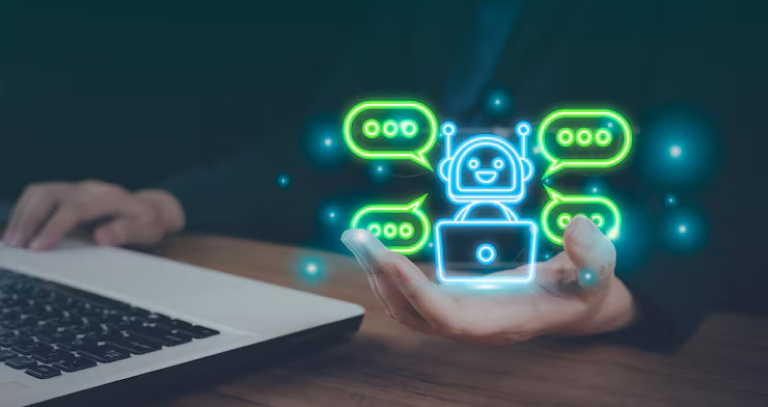
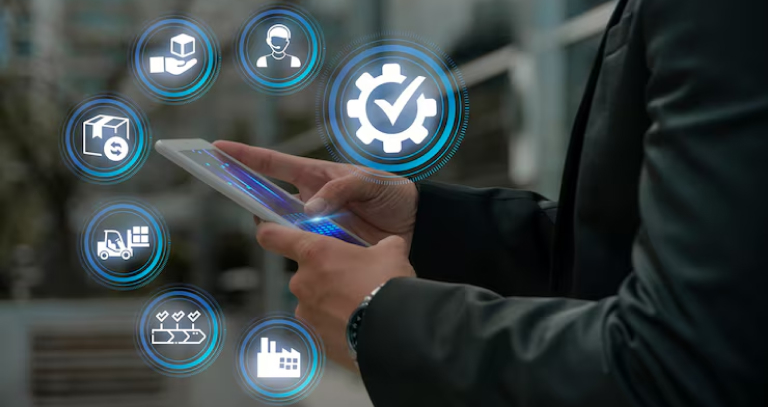
.jpg)

